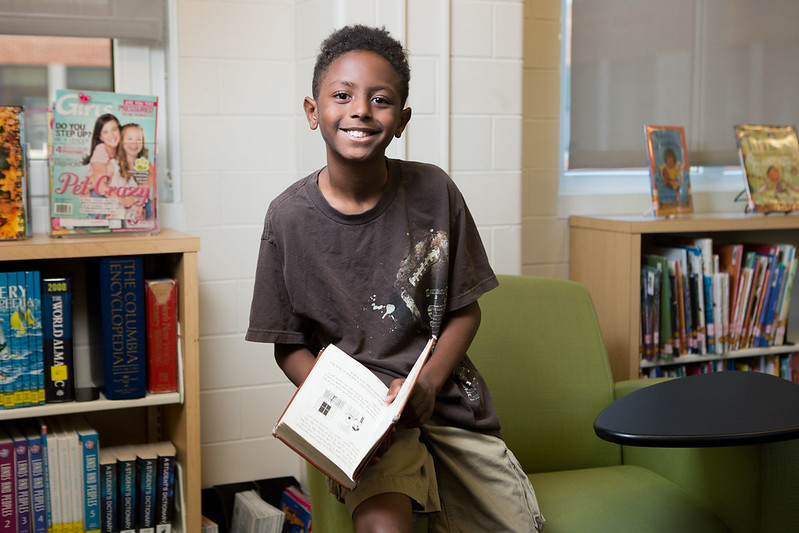Insights is a SmartBrief Education Originals column that features perspectives from noted experts and leaders in education on the hot-button issues affecting schools and districts. All contributors are selected by the SmartBrief Education editorial team.
Schools are struggling to provide supports and interventions to the many students who need them. It’s important to find proactive approaches that keep the whole child in mind with interventions that are effective, efficient and structured to serve as many students as possible.

This is why school systems across the country are developing multitiered system of supports, a proven approach that addresses many areas of students’ needs. One aspect of MTSS is screening for all students, focusing not only on academics but also on behavior, social skills and emotional well-being.
An MTSS framework features three tiers of support, often represented as a pyramid. All students are provided universal (Tier 1) support and instruction. Some students require supplemental (Tier 2) support and intervention, and a few students may need intensive (Tier 3) support and intervention. This framework encourages teachers to collaborate and work together for the benefit of their students.
Comprehensive approach
Because all students are supported in this model, students with or without disabilities can benefit when MTSS is implemented. School teams make data-informed decisions to support each student. This is important, because multiple factors may contribute to students’ challenges.
In some cases, a student’s undesirable behavior could be the result of unmet academic needs and frustrations. In others, a student might have trouble concentrating at school because the student is hungry or getting headaches due to uncorrected vision issues. Further, a student may seem withdrawn because of unaddressed social or emotional needs.
In MTSS, students would have access to supports and interventions including academic interventions, consultation with a specialist, positive behavior supports and/or social skills instruction as the needs arise.
MTSS addresses concerns with a schoolwide, data-driven process that contributes to a positive school climate. The team approach involves partnerships with parents and families and also has been shown to increase collaboration between general education and special education teachers.
Building literacy within MTSS
Frequent monitoring of students’ progress is important to help determine if they need additional interventions. But no matter what level of support students need, supplementary reading programs can be integrated effectively within the MTSS framework. For example, research-based programs can give struggling and emerging readers the tools they need to become confident readers, with:
- Teacher modeling: Students read along with a teacher or with audio recordings that model proficient reading.
- Repeated reading: Students practice reading stories or word lists to build fluency and automaticity.
- Progress monitoring: Graphs of students’ results enable students and educators to monitor progress over time. Based on this data, educators make adjustments as necessary to ensure students are working at levels that are challenging (but not frustrating) in order to accelerate their reading development.
Some programs provide scaffolded exercises with a clear scope and sequence that can work in any of the three MTSS tiers. For example, all students (Tier 1) can work for about 10 minutes daily to reinforce the phonics skills they are learning in core instruction. Students needing Tier 2 or Tier 3 interventions can spend 20 to 30 minutes daily listening and responding to phonics lessons featuring the specific skills they need to master. As they work on the exercises, they learn phonics skills, build automaticity in decoding and spell words with the featured patterns. Such programs often can be customized as an individualized intervention in classrooms, computer labs or distance-learning settings.
The more practice students get, the more quickly they can become fluent readers. This ability to read with automaticity is a critical step to becoming an engaged reader. We all want students to become better readers for both learning and enjoyment. Plus, reading well leads to better outcomes for students in school and beyond.
Sarah Jane Schonour is the assistant director of curriculum for Read Naturally. She is a National Board Certified teacher with over 30 years of experience in the field of education and has designed and provided professional development for educators across the nation.
________________________________
Subscribe to SmartBrief’s free email newsletter to see the latest hot topics on Special Education. It’s among SmartBrief’s more than 250 industry-focused newsletters.
